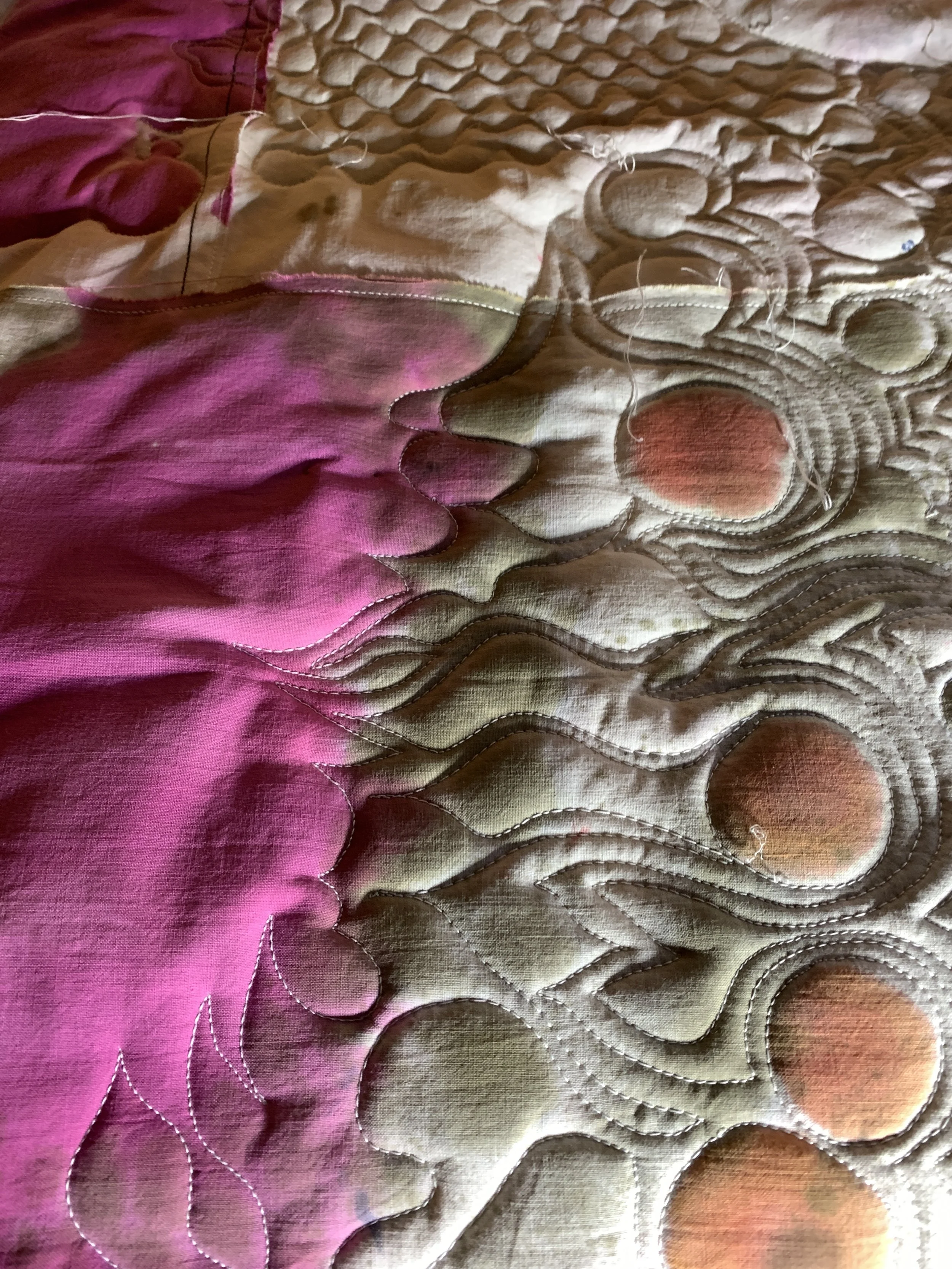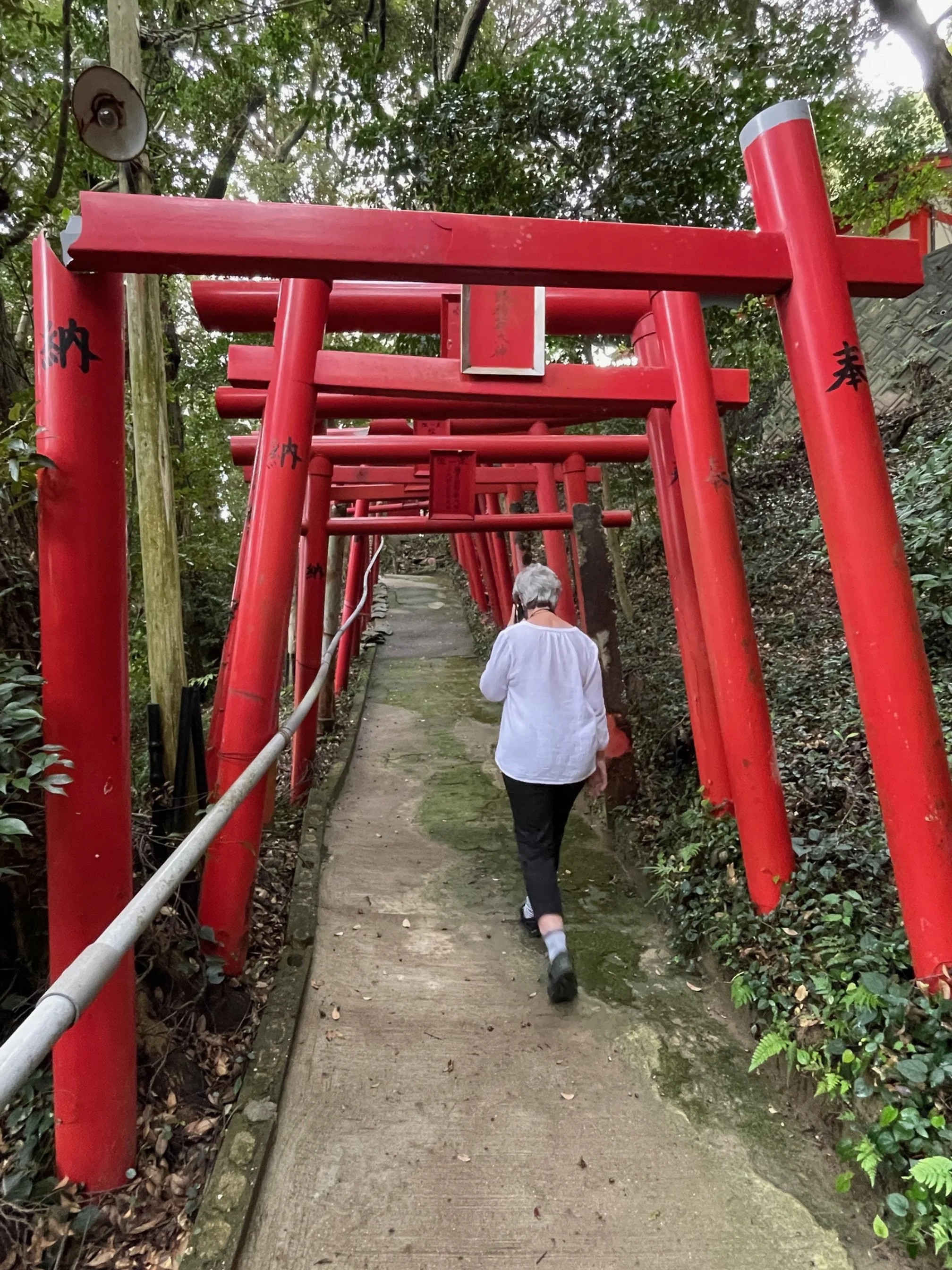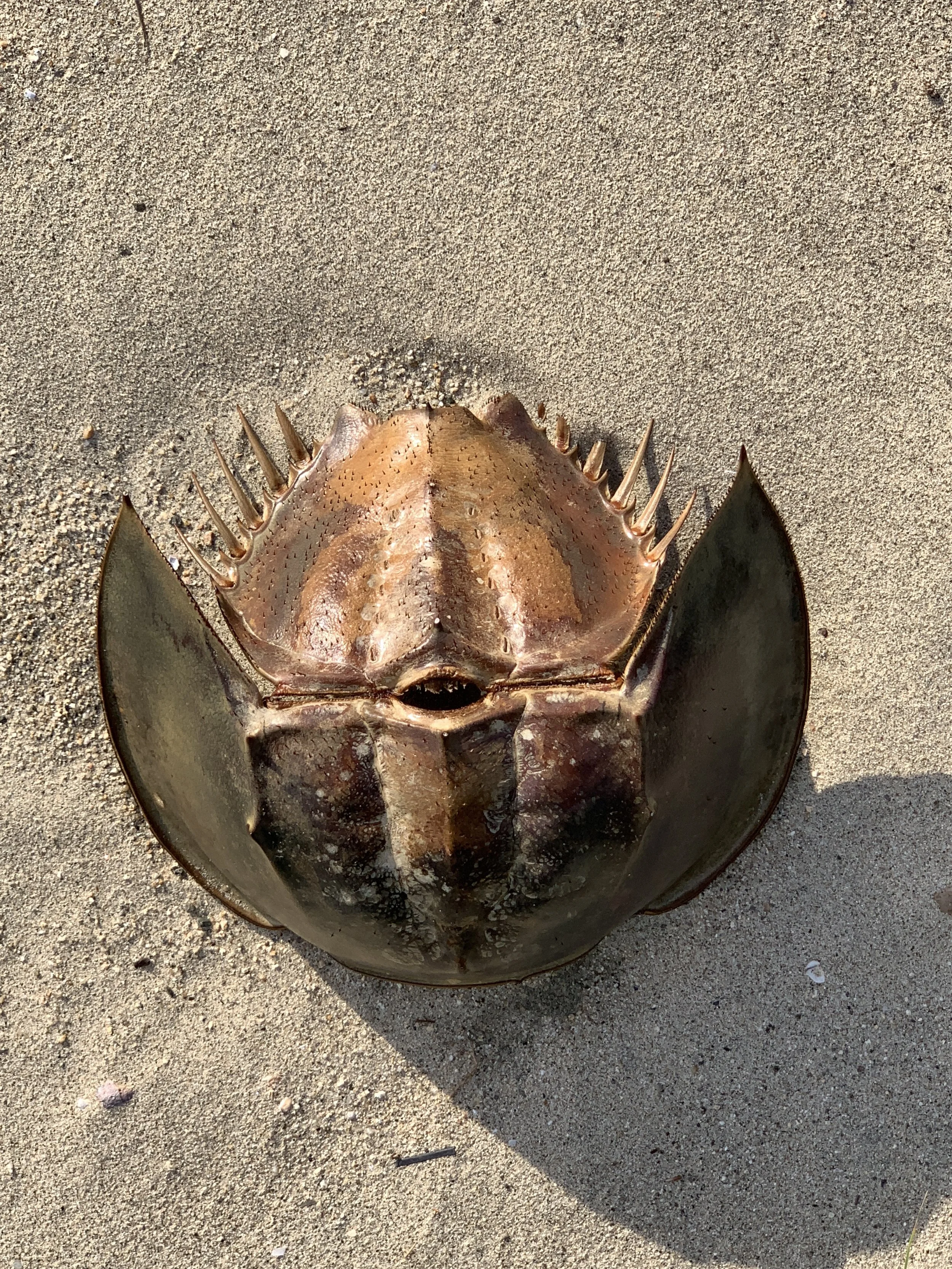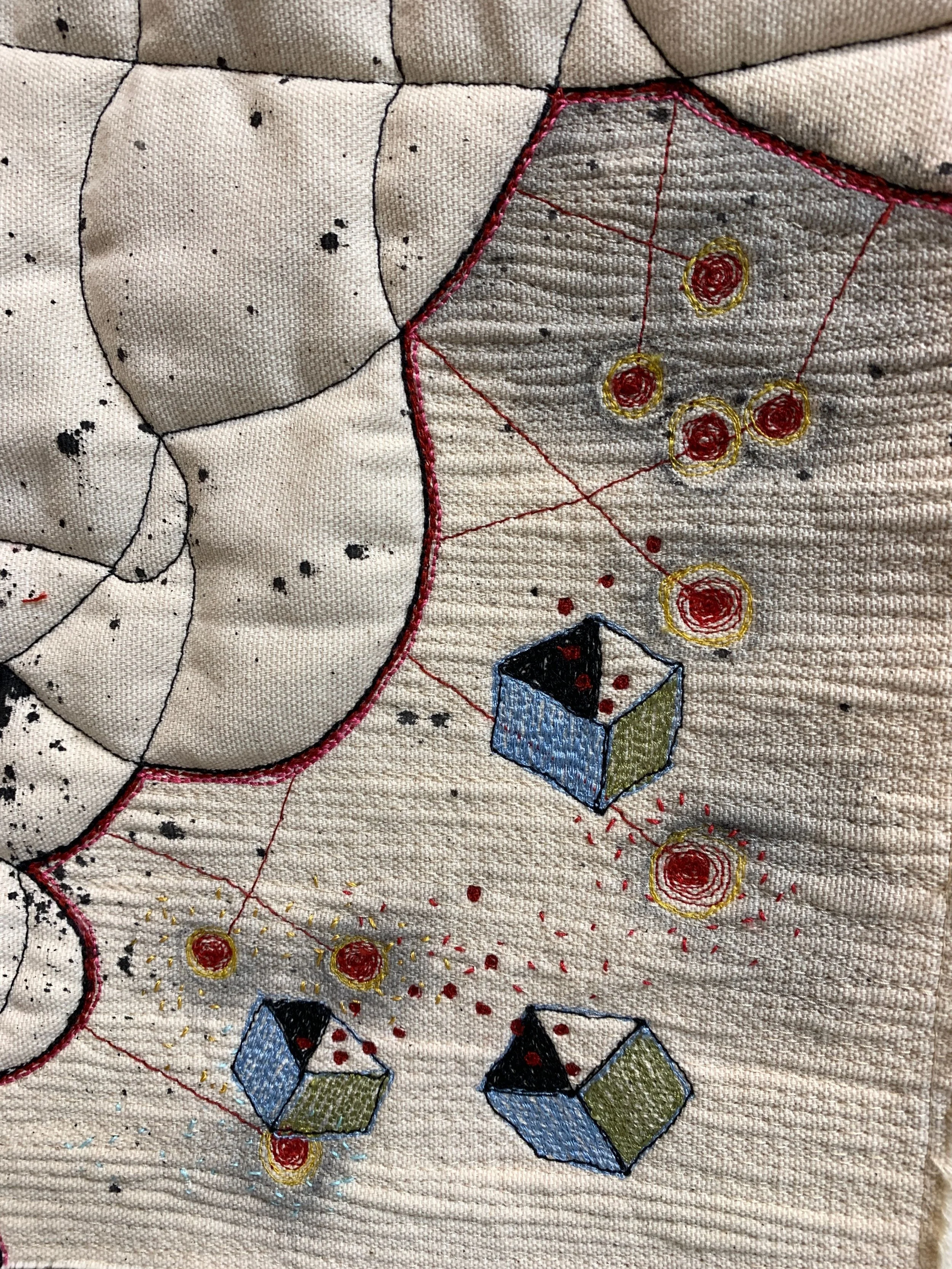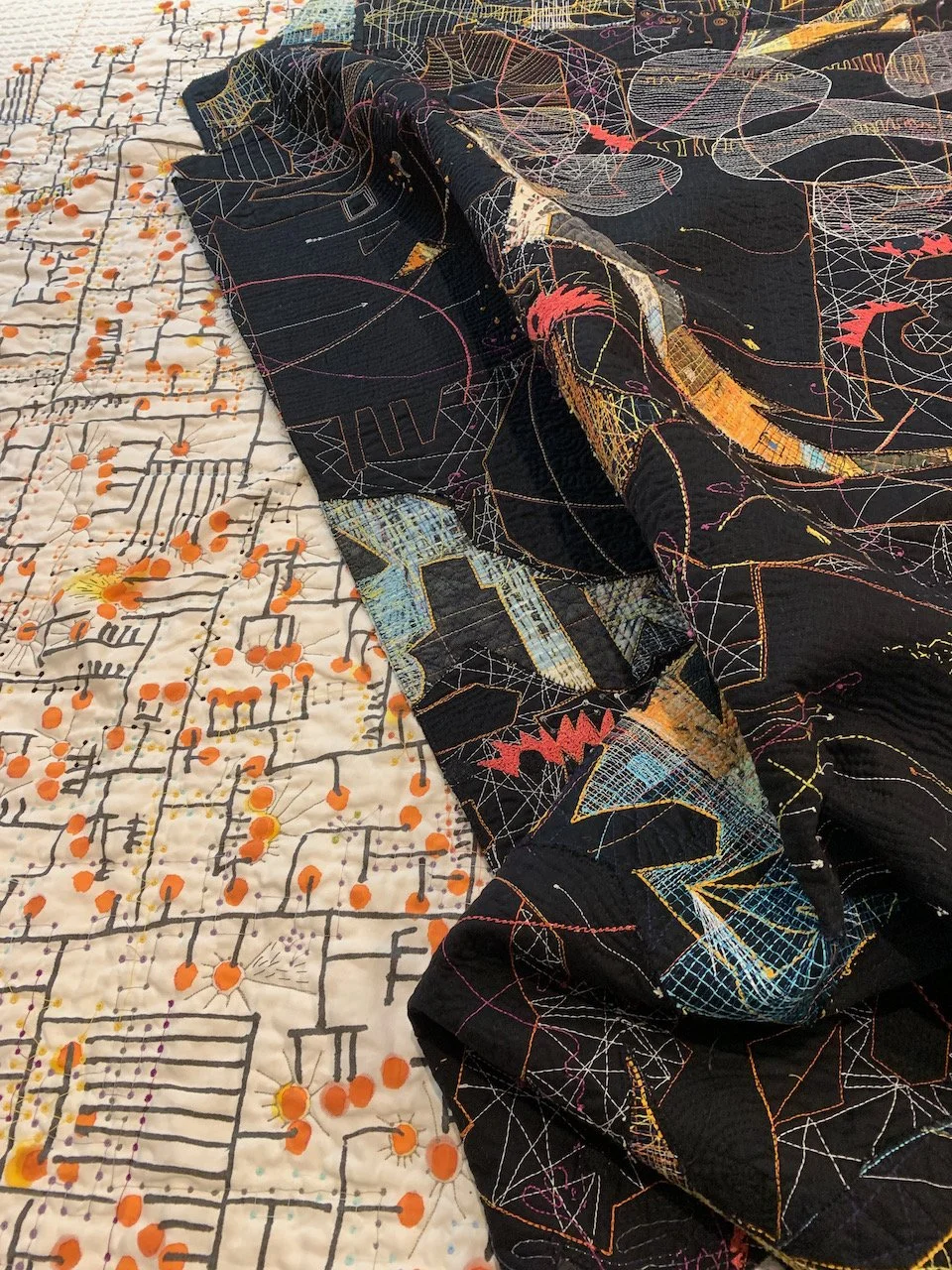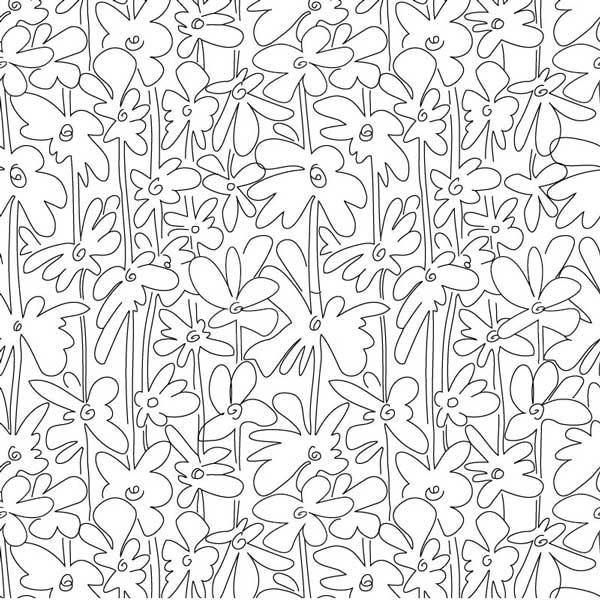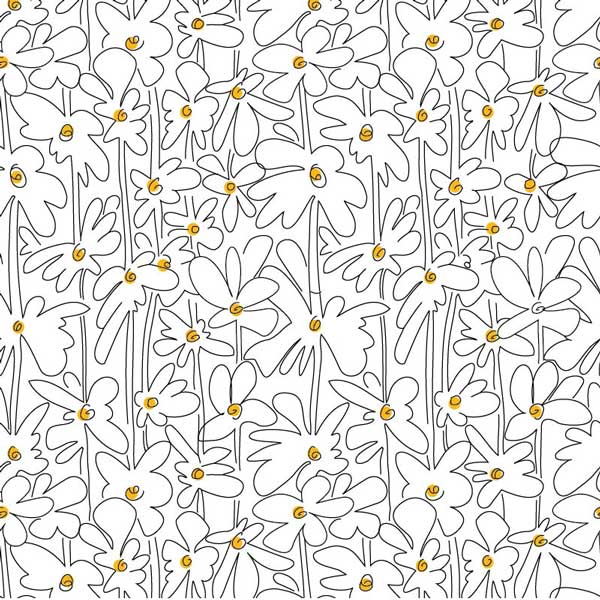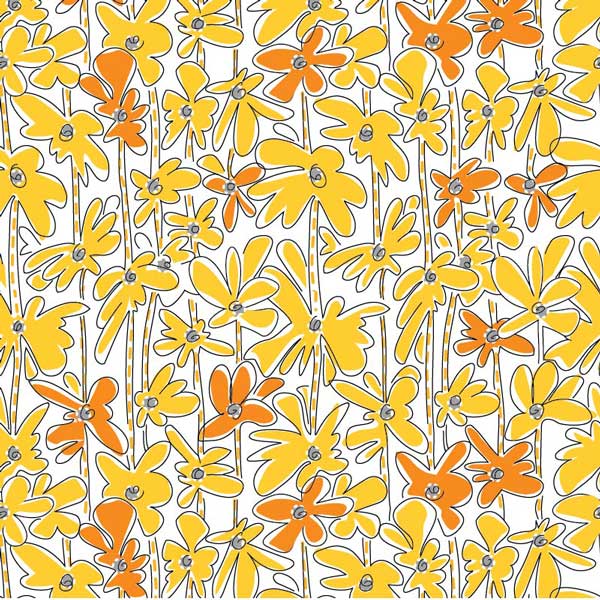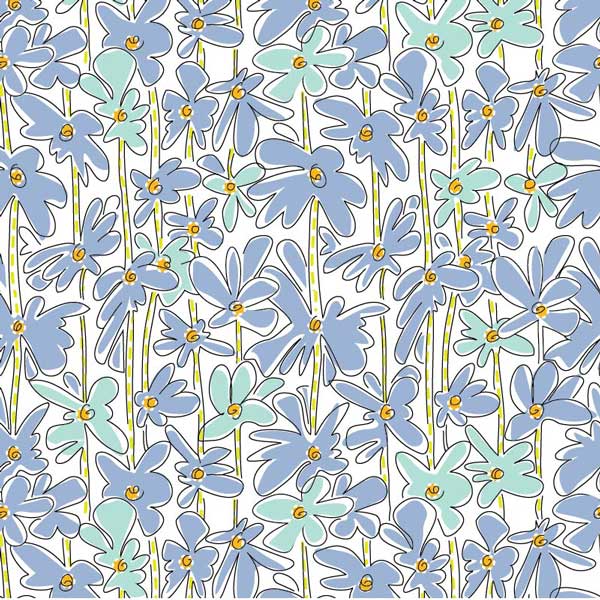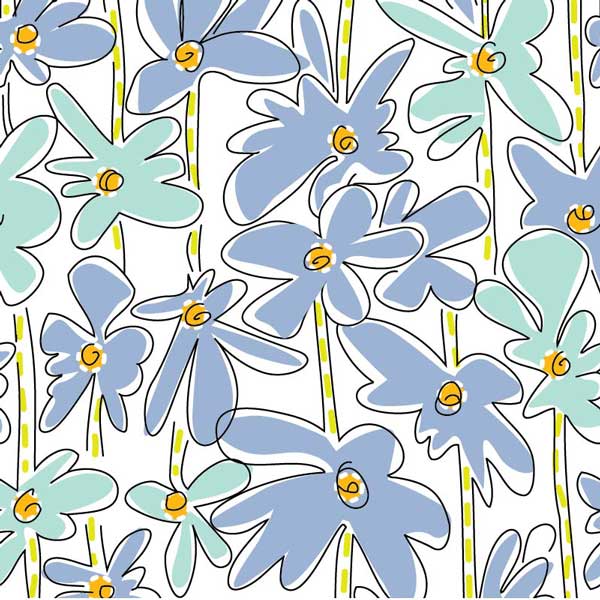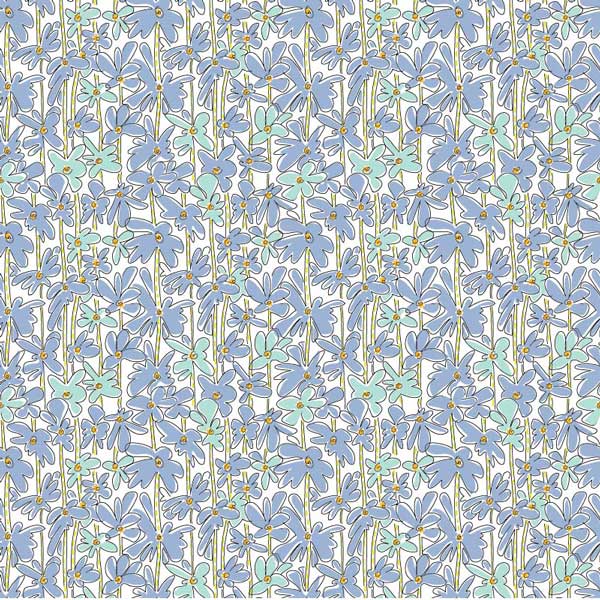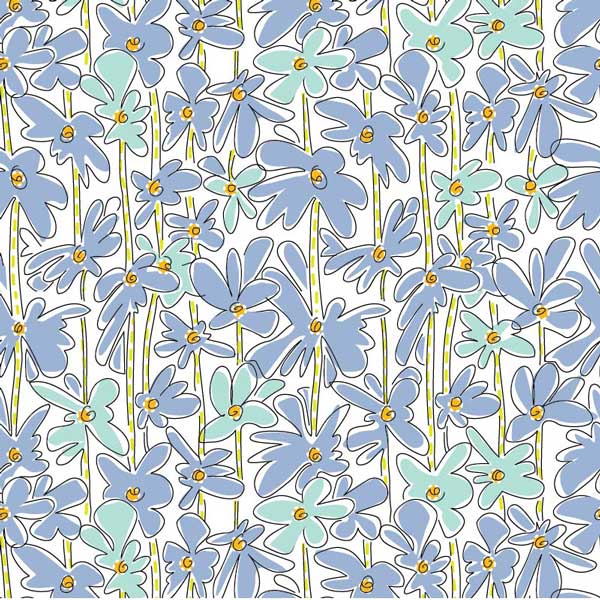I am preparing for an artist's residency at the Indiana National Lakeshore in September. Rounding up the essential tools is actually a bit challenging. Do I need my sewing machine? Should I bring my computer? How much fabric? Will I work on new ideas or bring an existing project?
Can I cut fabric without my self sealing mat and t-square? Should I focus on ideas rather than production? Will I be able to change my focus from my studio practice to a more free-wheeling experiential style?
They are all good questions. But the answers won't be clear until I get there. So I have narrowed the selection down to these essential hand tools: Black and white YLI thread, chalk marker, machinger gloves, Mr. Tweezerman tweezers, an assortment of hand needles including two self-threading versions, rotary cutter (and blades), fabric pencil, seam ripper, scissors in two sizes, silicone thimble, extra bobbins and my phone for recording images. Those will all fit in a small bag.
I won't bring the t-square but I will take a small mat to cut on. I will bring linen napkins to use for compositions, some white and black Kona cotton, a roll of cotton batting and my sewing machine. I'll borrow my husband's laptop so that I can still upload photos and write my journal. I won't have a design wall, a fabric stash or large cutting and ironing tables. I won't have my day-to-day routine or chores to do to keep the studio and house going.
I will have new horizons, new climate, new input. Turning the head to a different focus is a good thing.









